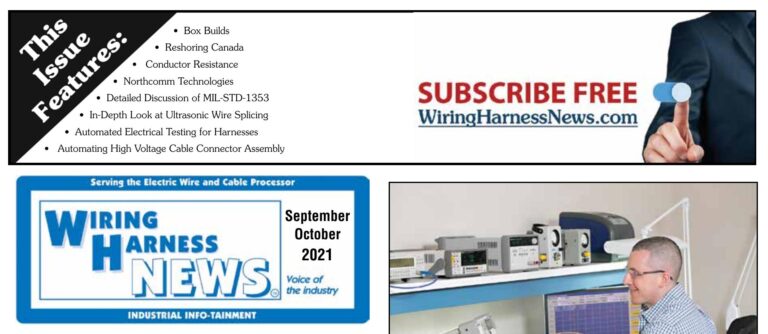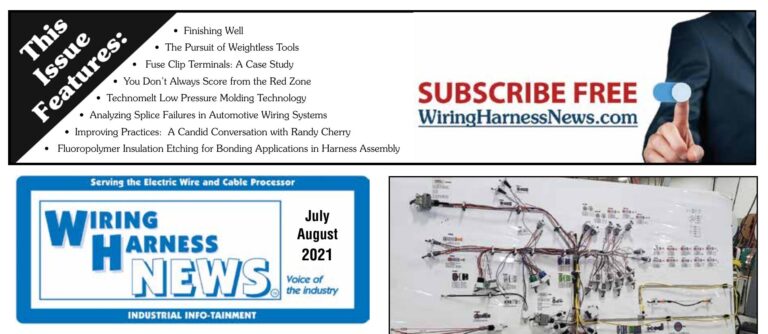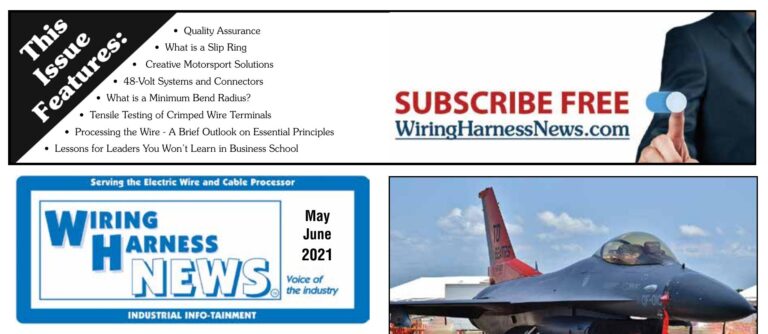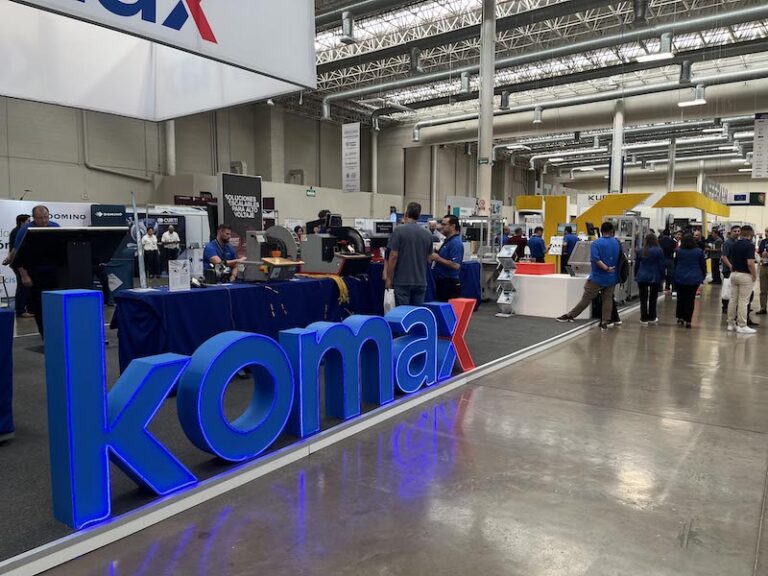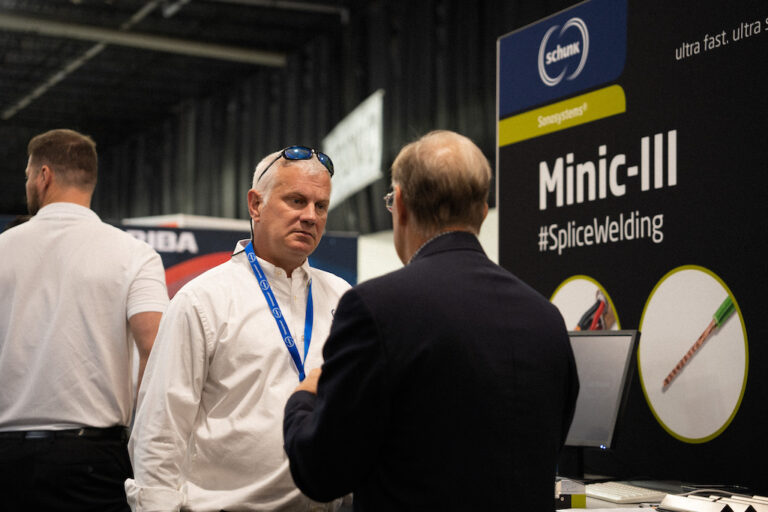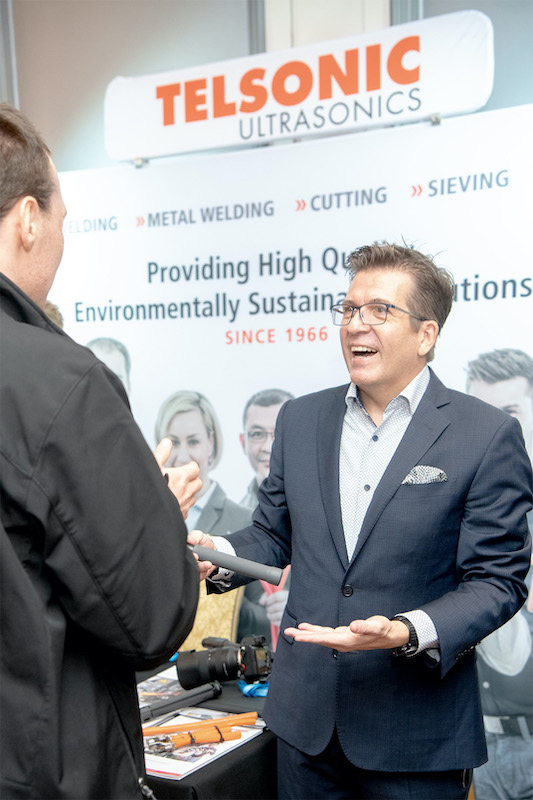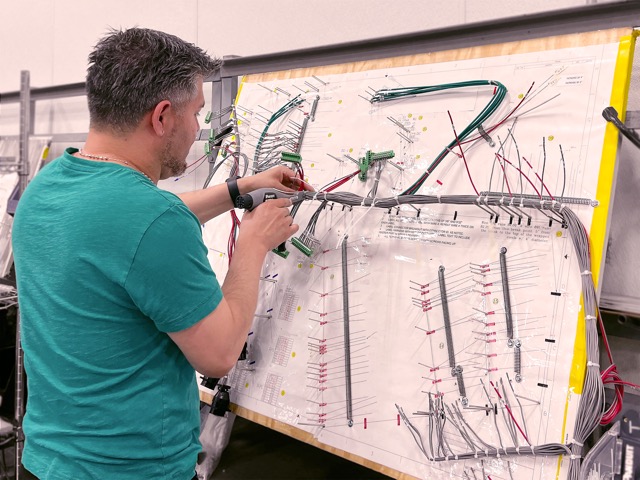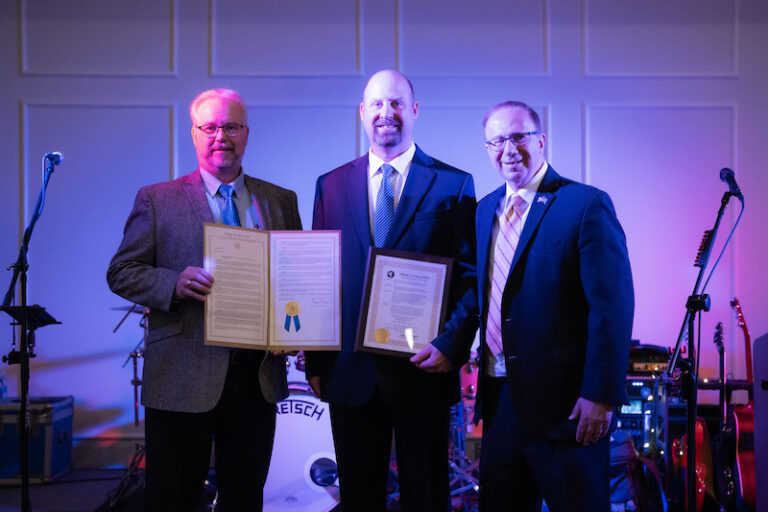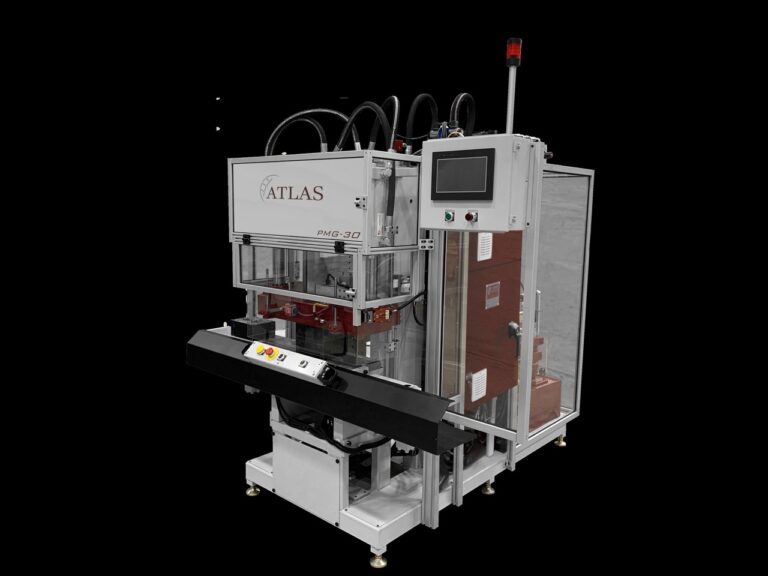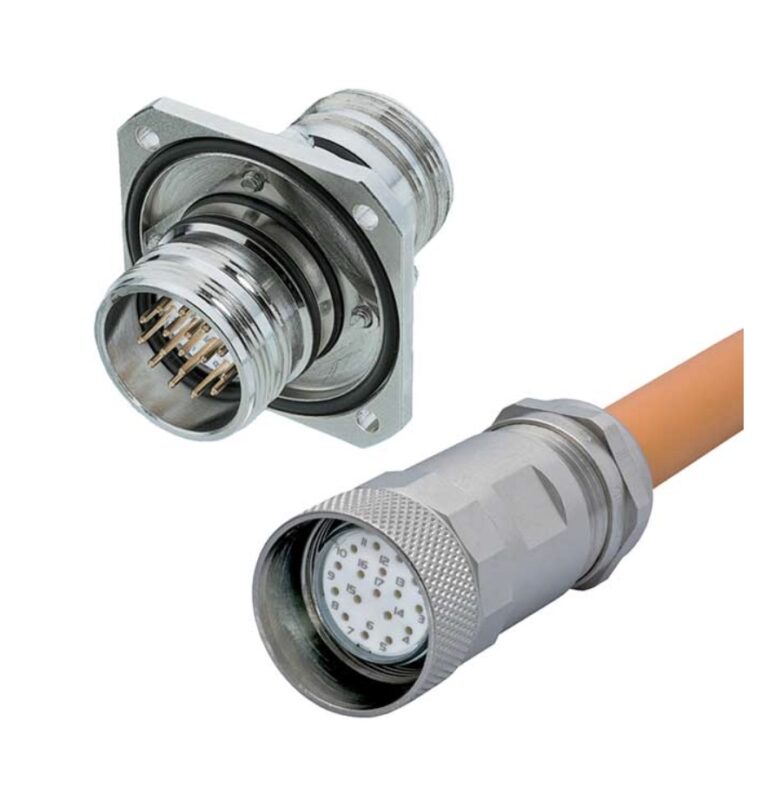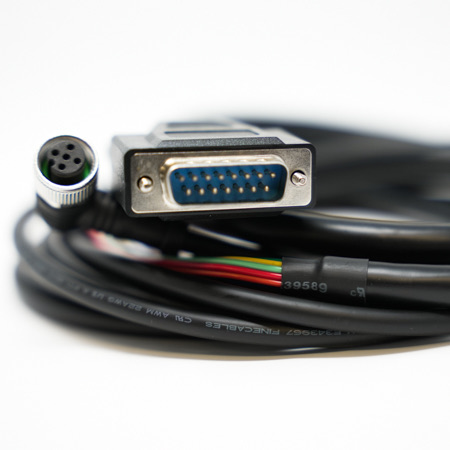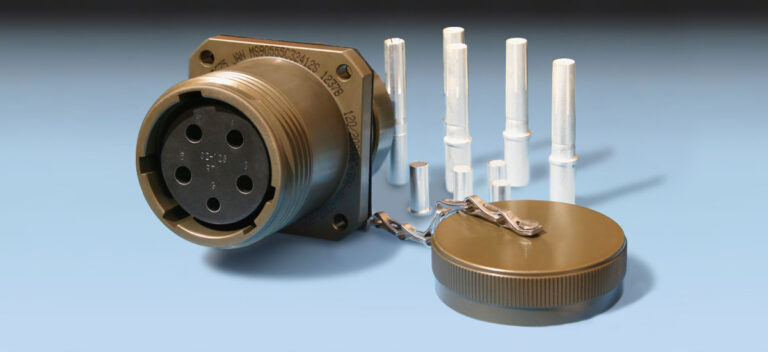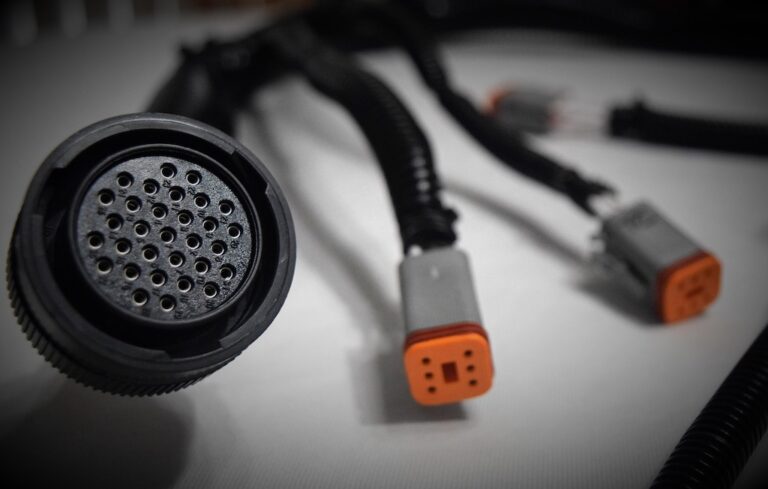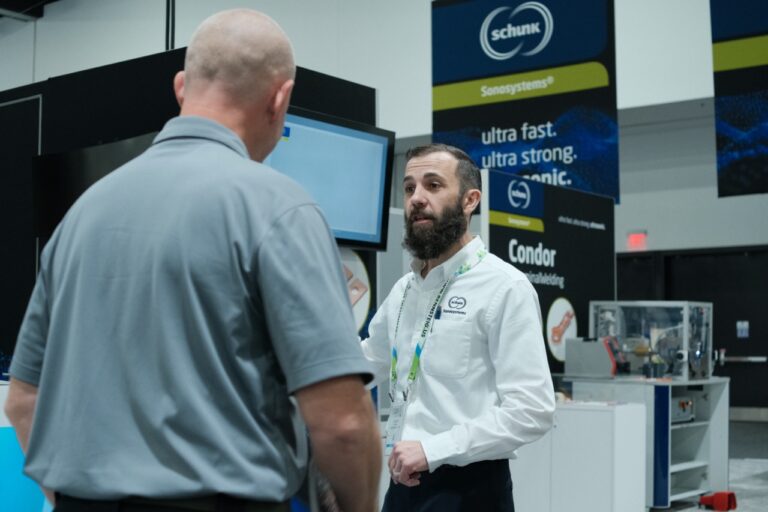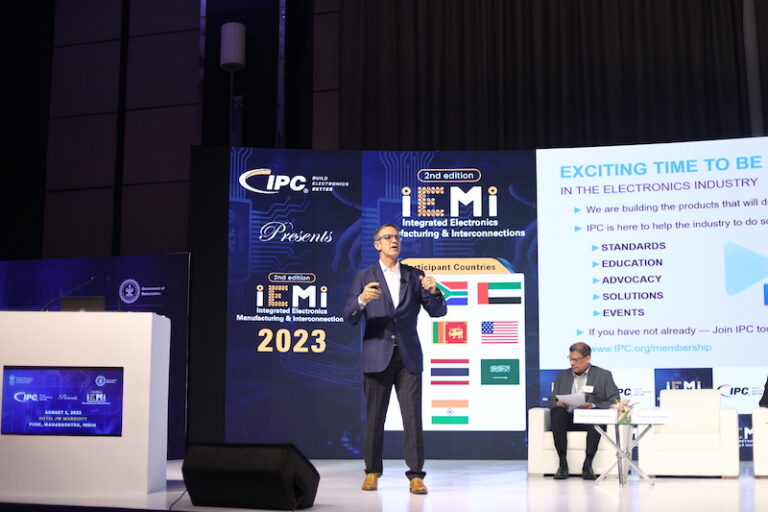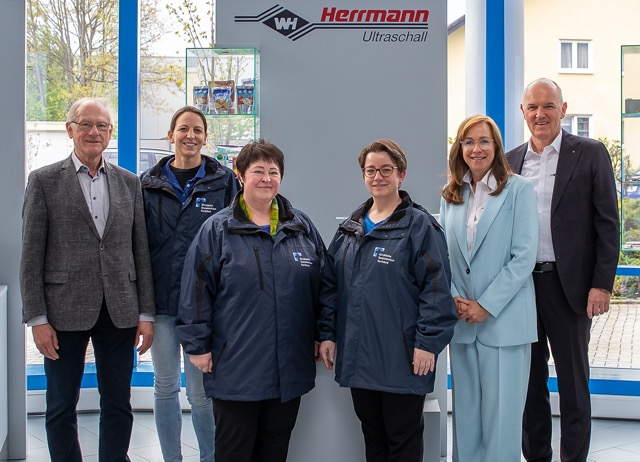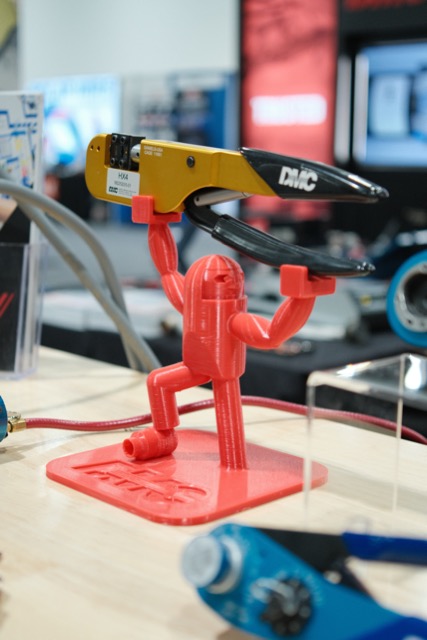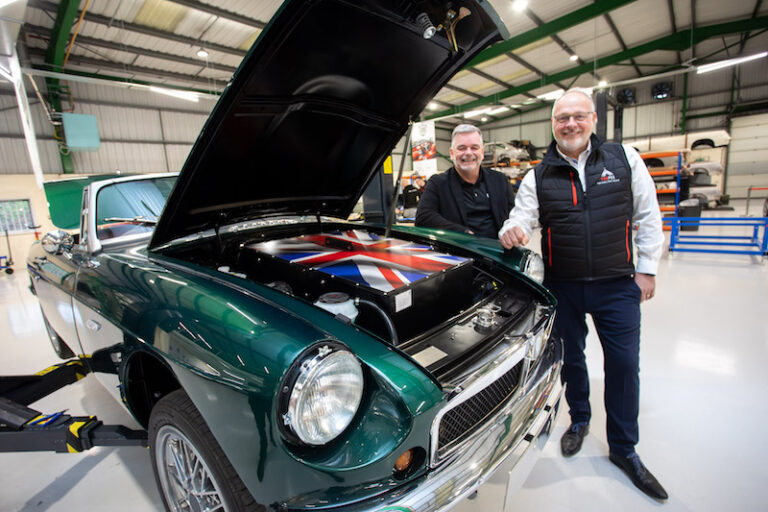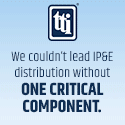A Day in the Life of a Standards Trainer
Discussion with Frank Honyotski of STI
WHN ran into Frank Honyotski, Lead Master Instructor for STI Electronics, Inc. at a recent trade event. Among other things, STI is a leading training center for the IPC/WHMA A-620 specification. Frank had some great insights on training and committee involvement, so we vowed to catch up with him for an interview.
Frank has been doing instruction for electrical assembly for over 26 years. He got his start in the Navy and has traveled to over 40 countries teaching classes. He came to STI 19 years ago from a large soldering iron manufacturer. Having entered STI as a rework and repair instructor and J-STD-001 specialist, he is now lead master instructor, and teaches all the programs STI has to offer (J-STD-001, IPC/WHMA-A-620, IPC-A-610, IPC-A-600, IPC-7711/7721, NASA-STD-8739.1/.4, as well as basic soldering and custom classes).
In addition to technical training services, STI is also a manufacturer of electronic assemblies. As Frank pointed out, they’re not just teaching it, they’re doing it. STI’s manufacturing lab encompasses 26,000 square feet of floor space containing two surface mount lines, automated through-hole processing, and multiple flexible work cells for final assembly, rework and repair, box build, harnesses, and test.
Following are highlights from our Q&A session:
WHN: At what point do companies turn to you for training?
Frank: The majority of companies contact us for training because they have landed a contract that requires them to be certified/trained or show proficiency to a particular specification, whether that’s the A-620 spec, the NASA spec, or any of the others. As a result, they start looking for a provider. So, usually we find its contract driven, but we have also helped a number of companies that are just starting out. They’ve got a workforce, but they don’t know exactly what it takes to build a cable assembly. We go in and give them the hands-on skills for that.
Some companies train again and again. Others get the certification, perform the work to finish the contract, and move on to something else that doesn’t require certification. But most companies see the value in being able to market their certifications or proficiencies. Basically, you can go for bigger and better contracts when you can tell customers you have a certified/trained staff.
WHN: At what point do companies see it beneficial to have in-house instructor?
Frank: If you have a small workforce of, say 20 to 30 individuals, then it may be more beneficial just to have an outside company come in because they’re going to instruct on what is the latest and greatest. If they have someone in-house, they may only get the opportunity to train people once every two years or so.
If you have hundreds or thousands of employees, then it doesn’t make sense to bring us in to do the training for your workers because we can only train a relatively small number of employees per class. So, I’d say with over about 30 employees, it begins to become cost effective to have in-house trainers.
WHN: How often do in-house trainers have to be recertified, and what’s involved in that?
Frank: Currently every two years for both NASA and for IPC specs. Right now, for the A-620 instructor, it is a two-day class. There’s lecture for about a day and a half, and then they take an industry-standard test on the IPC Edge 2.0 portal. It’s a 75-question open book test with a 25-question closed book test.
WHN: Are classes at your facility, or are there satellite locations?
Frank: Most courses can be customized to meet a specific need or requirement and can be conducted at STI’s facilities in Indiana, Alabama and Texas, or at a customer’s site throughout the world.
WHN: Is it just contract manufacturers you train? What about OEM’s and component manufacturers?
Frank: We recently did training for a large defense organization. The audience was engineers who design weapon systems. The intent was for them to know the process and inspection standards. You can design almost anything, and you can even build a prototype. But you can’t necessarily put it into production because it just can’t be built on a mass scale, or even in batch quantities. So, having the engineers attend helps them to design for manufacturability.
From time to time, we do train some of the component suppliers. They need to know what their customers are doing with their product. They may also want to be able to market themselves to their customers by saying ‘we have certified IPC 620 instructors on staff.’ That way, they can better understand what their customers are asking them to do.
WHN: What types of suppliers have come to you?
Frank: Typically, connector manufactures, but there’s a large wire manufacturer in our town and we recently did some training for them so they could better understand how their customers meet the J-STD solderability criteria. You test your wire or component to see how solderable they are. That standard requires you to do a wetting balance test where you dip the wire into a solder pot and have it wet up on the, wire then measure how many newtons of force it takes to break the surface. So, if I’m selling wire and I’m going to give the certificate of compliance to meet the requirement of the J-STD, it’s helpful if I know how to perform the test.
We don’t currently deal with the manufactures of the [processing] equipment. It’s not that we wouldn’t like to. I think it would be great for them to see what their customers are doing. It’s just that, for the most part, they have their own in-house specifications and don’t really see the need for any outside training.
WHN: IPC and WHMA are always encouraging folks to get involved in A-620 committees. From your standpoint, what are the advantages of getting involved in this and other committees?
Frank: The biggest benefit is instead of being reactionary, you can be proactive because you see the changes coming. I don’t know if you heard about the new 620 D, but a significant change that was voted on and passed, was the removal of the target classification. You will just have an acceptable process indicator and defect. So, companies can actually find out what’s happening before it happens, and they can prepare for it.
You can also help direct the industry. If you build a lot of harnesses, you can provide data to the committee to get a particular requirement changed to something that is actually real. Often you look at a spec and say, ‘that’s not actually how that works.’ But nobody has presented data to say it’s wrong, and until they do, it just stays there revision after revision. Participation allows you to help make the document better, not only for your company, but for others as well.
WHN: You also mentioned the Training Committee at the show. What is the advantage of that and, what type of folks make up that committee?
Frank: If you’re on the training committee, you can help direct what actually needs to be covered for the industry. Not everything in the book is equally critical. Some pieces are more important than others.
Most of the people that are on the training committee are actual trainers, so they have an idea of how a training course should go. But there’s also people who actually build the hardware. They can help direct what needs to be covered, and then the trainers can come up with the best way to cover it. You don’t want just trainers on the committee, because you end up with a course that only the trainers like. It might be easy material to teach and easy for students to understand, but it may not be the material that the audience really wants.
I think a lot of OEMs and contract manufacturers think ‘well there’s no reason for us to go to the training committee, we just care about the document.’ But the training committee is not required to design courses covering everything that’s in the document. They can pick and choose what parts they think would be best for training. So, the stakeholders are definitely an important part of the committee…if they will show up.
We have eight trainers. If we have two of our trainers at the committee, that’s a significant portion of our workforce, and it takes away our ability to make revenue for that week. But that’s a commitment that we make because it’s very important to us as a company, and also to our customers.
WHN: What should folks look for when choosing a company to do training?
Frank: look for people who actually know the technology and are involved with the committees. Anybody can read the book, but do they actually understand the technology and have they done it themselves? There’s no way to be proficient on everything in the book. But you can have somebody who’s proficient in the majority of the things in the document. So, look for a provider who supports the committees. Make sure they are active in the community for wire and cable harness building. You don’t want a training center where you read the book and take an exam. You can do that at home!
WHN: How can folks prepare themselves to get the most out of training?
Frank: First they can let the training provider know exactly what it is that they are looking for. One of the first things I do when I go to location, is get a tour. I go around the floor to see what they’re doing. Then I can throw real-world examples of workmanship into the training program. They often say, ‘how did you know we do this?’ Because I walked around and looked, and I understand how these things are built so I understand what you’re doing. That way I can tell them what changes they can make to meet requirements. Beyond that, they should make sure they have the actual tools necessary to build the product. You’d be surprised how many companies are attempting to build harnesses and don’t even have the right tools to do it. I’ve been in manufactures talking about pull testing and they say, ‘oh yes we do pull testing – I pull on the wire with my hands, and if it doesn’t come out it’s good,’ so be prepared.
WHN: Why are standards like the A-620 so important anyway?
Frank: Because it gives everybody a starting point. In the past, you would essentially sit down with two blank sheets of paper, and the customer and supplier would each write down all the things they wanted. Now they can both look to the standard, and it’s already written down. Having the standard is quite nice for the industry because, I was around before the A-620 came out, and there was a lot of confusion between harness suppliers and their customers. It took over 10 years to develop the A-620. I don’t know if you saw the original A-620 but there wasn’t a whole lot in it. But at least it gave us a starting point. Even though some of the things in it were blatantly wrong, it brought people into the IPC training community to say, ‘Hey this is wrong, and here’s the data to support that.’ So, the document keeps getting better after every revision, and our cable building courses are really taking off.
WHN: Anything else to ad on training?
Frank: If the company is starting a new training program, we can help in setting it up. If they’re uncomfortable with a certain part of the training, we can step in and help them, or we can actually design a training course for them.
We also do corrective action training. If a company has been told they need to initiate corrective action for training on a particular procedure, we can help them with that. We’ve done that on numerous occasions. It’s hard do it yourself, because that’s where you’re deficient. You didn’t realize your training wasn’t meeting your needs.



















